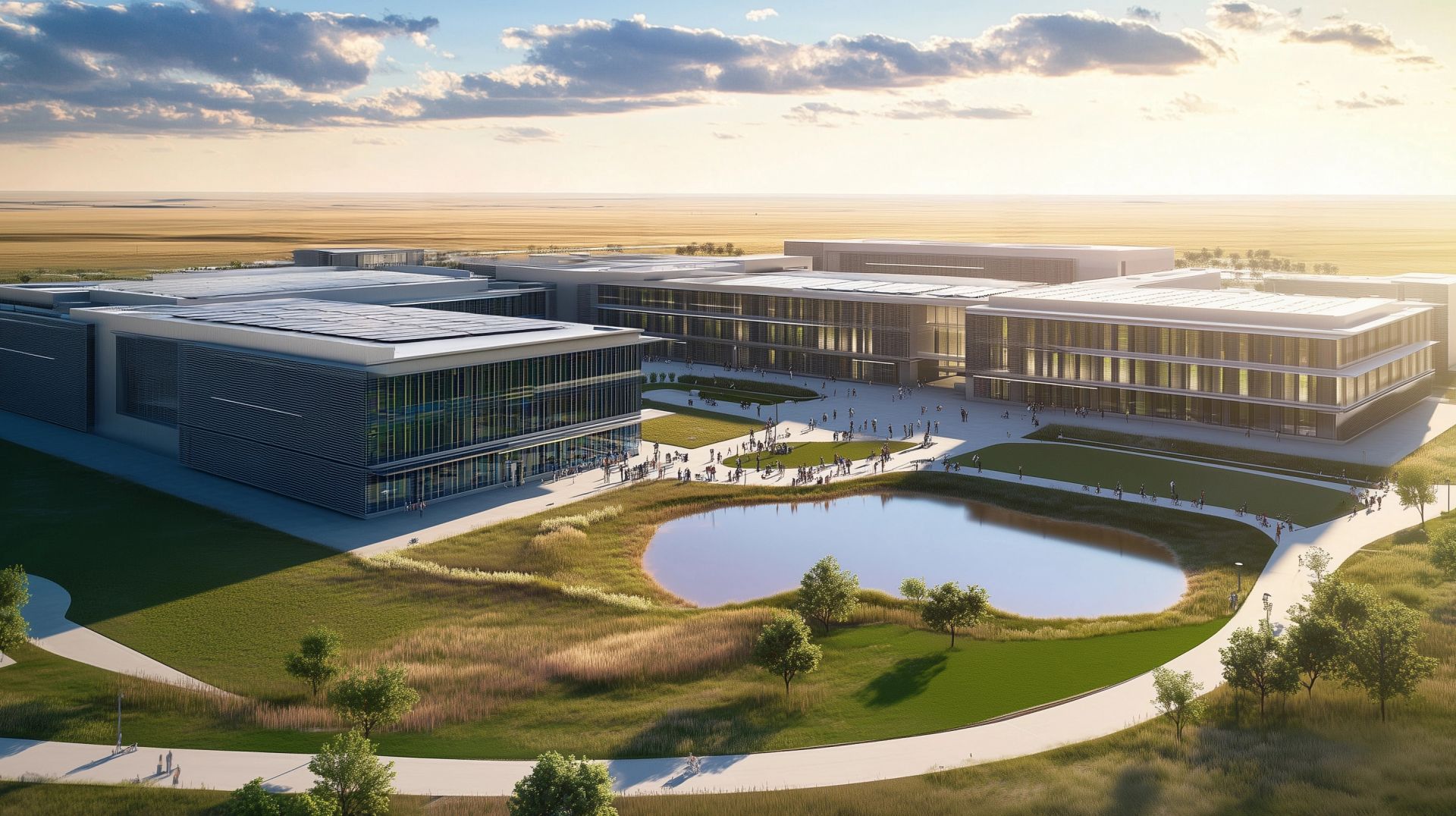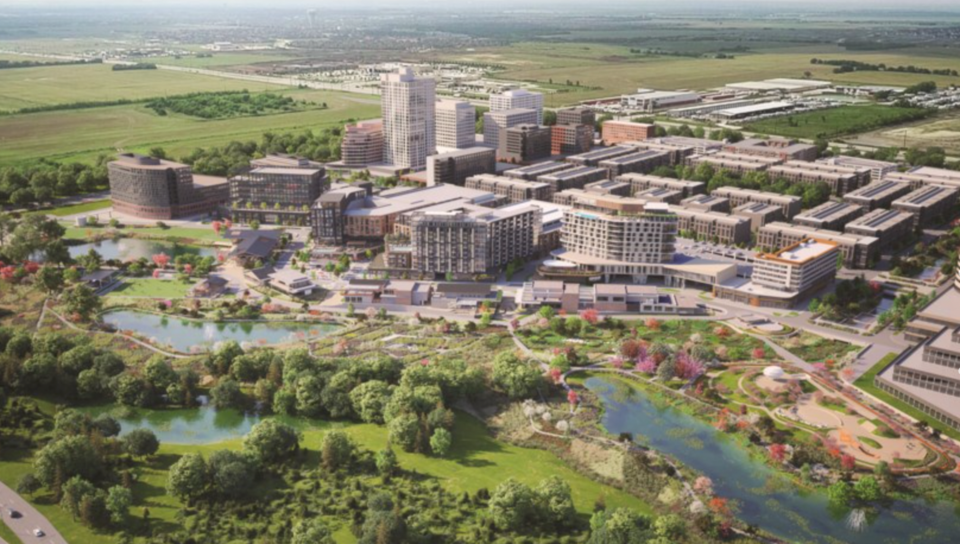Fermi Inc. has signed production deals for four Westinghouse AP1000 nuclear reactors to power a private data center grid campus near Amarillo in the Texas Panhandle. Fermi Orders Four Big Nuclear Reactors for Texas Data Centers. The announcement triggered a 9% stock jump and multiple Wall Street buy ratings DataCenterKnowledge, though the Amarillo-based company doesn’t generate revenue yet and faces the reality that the U.S. has built only three new reactors this century.
Fermi locked in production agreements with South Korean manufacturers Doosan Enerbility and Hyundai Engineering & Construction to begin engineering work on the AP1000 reactors. Spokesman-Review The statement did not disclose project costs, but context matters: Georgia’s recent AP1000 installation took over 10 years and cost more than $30 billion.
The real estate investment trust, co-founded by former U.S. Energy Secretary Rick Perry, went public October 1 and now carries a market cap near $14 billion. DataCenterKnowledge
Why Nuclear Power for Texas Data Centers
The project underscores the scramble to find gigawatts to feed AI’s rapidly growing appetite. The campus, called the Advanced Energy and Intelligence Campus or “HyperGrid,” will span 5,800 acres and house 18 million square feet of data centers with up to 11 gigawatts of IT capacity from nuclear, natural gas, solar, and wind sources.
“China is building 22 nuclear reactors while the U.S. is building none,” Rick Perry remarked at the announcement. The project developed from President Trump’s executive order directing the Secretary of Energy to designate AI data centers as critical defense facilities and the nuclear reactors powering them as defense critical electric infrastructure.
Geotechnical work has already begun, and Fermi expects to deliver 1 gigawatt of online power by the end of 2026.
Texas Panhandle Land and Infrastructure Advantages
The Amarillo site sits in a strategic corridor. The location is near Pantex, the primary U.S. nuclear weapons assembly facility, at the intersection of major gas pipelines and above substantial natural gas reserves. The partnership with the Texas Tech University System includes an academic and research facility with office, classroom, and conference space.
Land implications for the region:
- Direct impact zone: 5,800 acres committed to the campus itself
- Support infrastructure needs: Housing, commercial services, and logistics facilities for construction workers and eventual operations staff
- Transmission corridor opportunities: Nuclear power generation requires robust electrical transmission infrastructure
- Industrial clustering effect: Energy-intensive industries often locate near reliable, large-scale power sources
The campus will create thousands of jobs during the multi-year construction project, resulting in increased demand for housing and hospitality and boosting the local economy.
Execution Risk and Market Realities
While many nuclear renaissance hopes focus on developing small modular reactors, Fermi’s push into big nuclear is the boldest yet. But large nuclear builds in the U.S. face documented challenges. The Vogtle project in Georgia was completed with significant overruns and delays.
Fermi will need to rebuild the entire supply chain, from workers to construct and operate such a massive project to power equipment amid a global crunch for key components. The next milestone involves obtaining full NRC approval and financial backing in the coming two years.
What This Means for Texas Land Professionals
The Fermi announcement signals several important market shifts:
Energy infrastructure is driving land decisions. Data centers don’t just need fiber and flat ground anymore they need gigawatt-scale, reliable power. The campus aims to integrate the largest nuclear power complex in America, the nation’s biggest combined-cycle natural gas project, utility grid power, solar power, and battery energy storage.
The Texas Panhandle is repositioning. Historically known for agriculture, oil, and gas, the region now adds nuclear power and AI computing to its economic base. Land near transmission corridors, gas pipelines, and workforce housing will see renewed interest.
Risk premium matters. The project timeline stretches years, regulatory approval remains uncertain, and construction complexity is high. Land investments tied to this development carry corresponding execution risk.
Follow the infrastructure. If Fermi succeeds, similar projects will likely target other Texas locations with comparable advantages: existing energy infrastructure, cooperative regulatory environments, and available land at scale.
Tracking the Development
Monitor these indicators:
- NRC filings and approvals for reactor construction permits
- Land transactions in Carson, Hutchinson, and Potter counties near Amarillo
- Transmission line expansion announcements from utilities serving the Panhandle
- Workforce housing development activity in Amarillo and surrounding communities
- Texas Tech University System announcements about campus construction and academic program launches
The nuclear power component distinguishes this project from the wave of data centers powering up across Texas with traditional energy sources. Whether Fermi can navigate the regulatory complexity, supply chain challenges, and financial demands of large-scale nuclear construction will determine if this marks a turning point or a cautionary tale.
This is on the heels of the last announcement about the Micro Nuclear Power Plant in Bryan, TX




